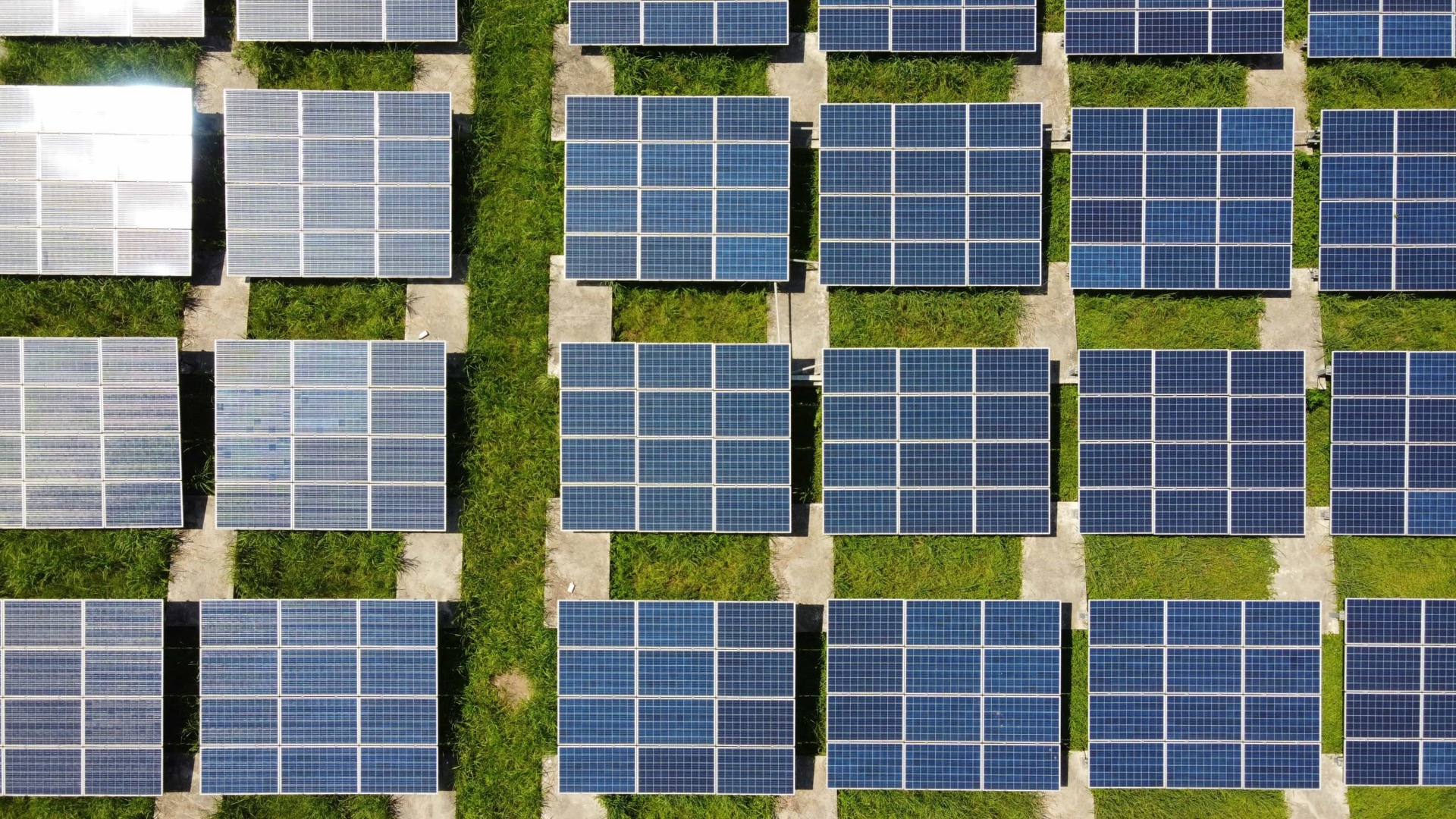Scientists have discovered a new way to turn low-grade heat - like the warmth from the human body or heat from industrial machines - into electricity. Using specially-designed materials called “hydrogels,” they’ve created tiny power cells that convert even small amounts of heat into energy. This new technology could help us capture energy from everyday sources, like our body heat or sunshine, and use it to power small electronics, offering a cleaner way to generate energy.
The Science Behind Hydrogel Power Cells
This new energy technology is based on a special type of “thermoelectric” hydrogel. Unlike traditional materials used for capturing heat, these hydrogels are affordable, flexible, and work well even at low temperatures. They take advantage of small temperature differences, making them perfect for capturing “low-grade” heat. For example, the difference between a person’s body temperature and the air around them can be enough to create electricity with these cells.
In these hydrogel cells, heat on one side and coolness on the other creates a flow of ions - tiny charged particles. This flow of ions generates an electric current that can be used to power small devices. To make this happen, the hydrogel cells are built in two types: N-type and P-type. Each type reacts differently to temperature, which creates a steady flow of ions. The N-type attracts ions when heated, while the P-type does the opposite. By pairing N-type and P-type cells together, scientists created a continuous flow of ions, which generates power.
How Small Temperature Differences Can Create Power
What makes these hydrogel cells unique is their “phase transition” - a special feature that changes how they behave when the temperature changes. When warmed, the N-type cell attracts ions, and the P-type cell repels them. This helps the ions move through the cells, creating a small electric current.
By connecting pairs of these cells in a series, scientists can increase the power they produce. When 10 pairs are connected, they generate a voltage of about 1.8 volts, enough to power small items like LED lights or digital watches. Although the electricity output is modest, this approach could provide sustainable power to small devices without needing a traditional battery.
Why This Matters for a Sustainable Future
One exciting use for these hydrogel power cells is in wearable electronics, like health monitors that could be powered by body heat. This could reduce or even eliminate the need for batteries, allowing gadgets to run as long as they’re worn. These cells could also be useful for environmental sensors placed in nature, where they could use warmth from the sun or ground to keep running without needing a power source.
Hydrogel cells could also benefit industries that produce waste heat, like factories and power plants. Currently, much of this heat escapes into the air and is lost. With hydrogel power cells, factories could capture some of this heat and turn it into electricity, helping reduce energy waste and make operations more efficient.
What’s Next?
Hydrogel power cells show great potential for helping us turn everyday sources of heat into renewable energy. They’re cheaper, more flexible, and work at lower temperatures than many traditional methods, which could make them more practical and widespread. With further research, these cells might someday be a common way to power small devices, reducing our reliance on batteries and helping the planet.


